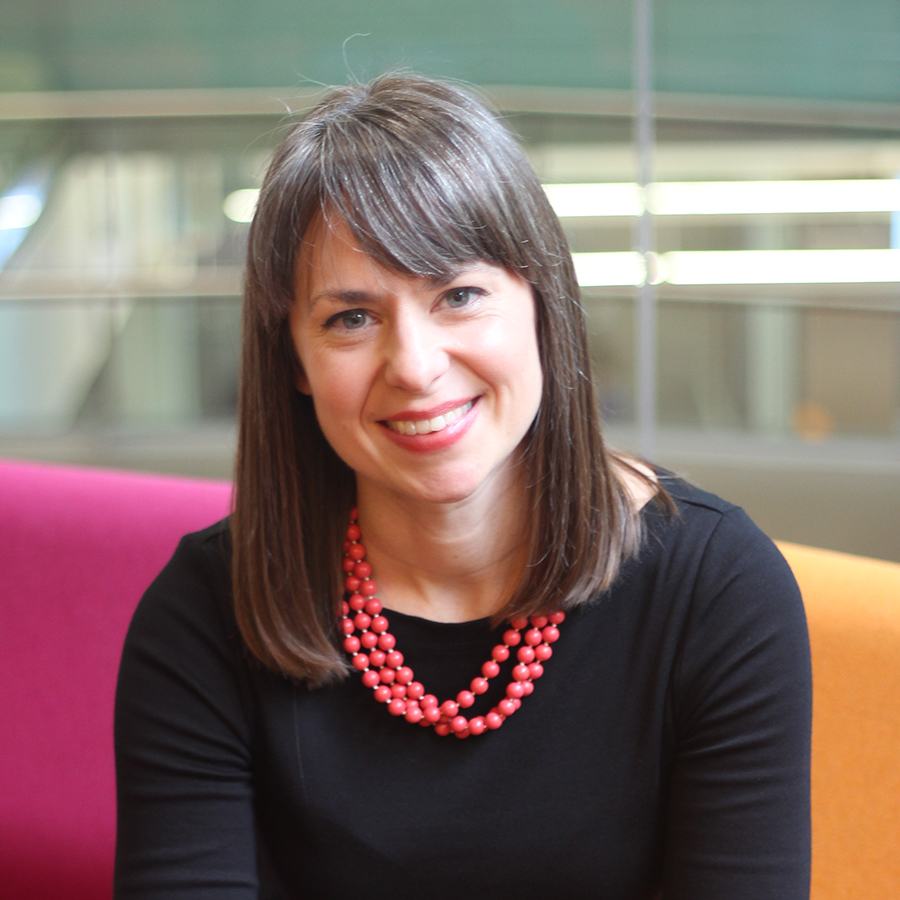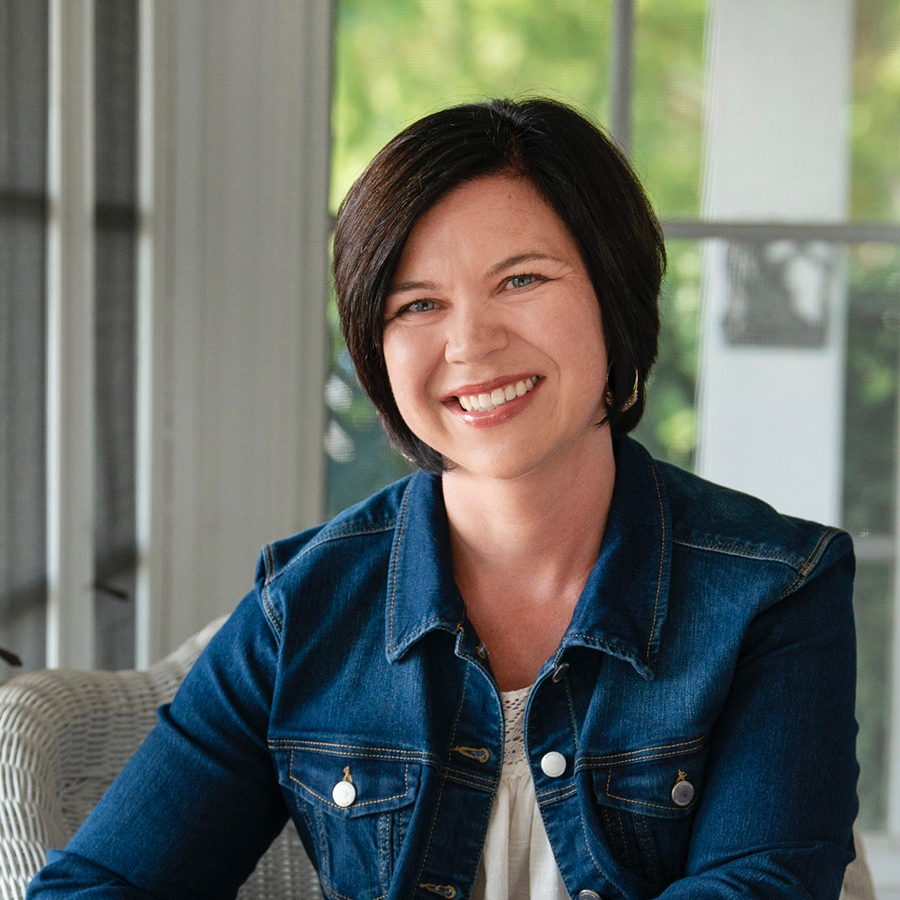Speaking the Same Language: Professors Revisit Linguistic Categorizations of Autism

Researchers and clinicians use a range of different terminologies and concepts with regard to how children with autism communicate. So what can be done to get them all to agree on a common framework?
This is the challenge Emerson faculty members Rhiannon Luyster and Lisa Wisman Weil took on through their research surrounding the autistic community and the language medical professionals apply to autism diagnoses and treatments.
Luyster, an associate professor, and Wisman Weil, the graduate and undergraduate program director for Communication Sciences and Disorders, along with Emily Zane, a colleague from James Madison University, wrote the paper, “Conventions for unconventional language: Revisiting a framework for spoken language features in autism,” published in Autism & Developmental Language Impairments.
Having long identified a need for modernized categorizations regarding unconventional language (repetition of the self or others, neologisms, pedantic speech, etc.), the medical community has yet to streamline new linguistic frameworks for diagnosing autism. The researchers’ paper proposes improved frameworks while centering the autistic community’s experience.

“I loved working with my two co-authors,” Luyster said. “Emily is a linguist, Lisa is a speech-language pathologist, and I’m a developmental psychologist, so we all really brought our own areas of expertise and perspectives to the project. Since none of us are autistic, we also made it a priority to explore the first-person experience as we were writing, which meant exploring a lot of qualitative information on social media/internet to gain those insights.”
Their work spanned an entire summer. For Luyster, however, she had been wanting to pursue this topic of research for much longer.
“This topic is something that I’ve been interested in for as long as I can remember, since I started in my doctoral program back in 2002,” Luyster said. “It just was never really the right time. And it felt really daunting, partly because there wasn’t a unifying framework in the field.”
Fortunately for Luyster, she formed an intellectual connection with Wisman Weil while reviewing a student’s thesis. From there, the two professors bonded over their shared desire to investigate the vocabulary used to describe patterns of language in autistic individuals—in other words, “the consensus around terminology” for which the speech pathology community has long sought.
“The paper was really our attempt to try to bring structure to the field,” Luyster said. “So that people like us who are interested in this area of language have a set of common terms and ideas to help us increase the rigor of our research.”
Wisman Weil explained that speech pathologists, developmental psychologists, pediatricians, and other professionals involved in a diagnosis, often use varying terminology.

This ultimately creates obstacles for future research, as well as discourse surrounding autism. A “unified taxonomy,” as suggested in Luyster and Wisman Weil’s study, seeks to guide evidence-based practice and streamline future studies.
“Our hope would be that a line of research inquiry will get started,” Wisman Weil said regarding the implications of the study. “[This] is the first step in a long process towards implementation science, which is getting that information into the hands of clinicians.”
In addition to facilitating clinical practices and diagnoses, Luyster and Wisman Weil are striving to reframe the language surrounding autistic individuals. The two academics note a negative connotation often associated with unconventional language features associated with autism.
“There’s certainly no quality evidence suggesting that any of these are really deficits, and yet they have often been seen as deficits,” Luyster said. “One of the reasons why we were really excited about this paper was because we see these patterns of language use, whether they’re in autism or [not]. We’re really hoping that this paper will open a conversation and… enrich our understanding of communication.”
When describing the features found in unconventional language, such as echolalia, self-repetition, idiosyncratic phrases, neologisms, and pedantic language, the researchers write: “It is also critical to acknowledge that none of these categories of language use are unique to autism.”
With this goal of destigmatization in mind, the scholars prioritized first-person accounts from the autistic community when crafting their paper.
“It’s bringing that research and practice and people with autism together in conversation,” Wisman Weil said. “For me, the value in publication is being part of the conversation.”
Beyond bringing visibility to unconventional language users, Luyster and Wisman Weil were thrilled to get messages from other researchers complimenting the study following its publication. They hope this signifies a resurgence of interest in linguistic categorizations, particularly within the autistic community.
“Those conversations with people with autism are the most important conversations,” Wisman Weil said. “Because, ultimately, you want people to feel valued and understood.”
Categories
Isabella Luzarraga View All
Isa is a senior journalism major minoring in media studies. She is from Omaha, Nebraska but loves coming back to the city. Outside of coursework, Isa is the Managing Editor of Your Magazine, the secretary of Emerson's chapter of NAHJ and a freelance writer for publications nationwide. She loves reading in the Common, going for long runs and sipping iced coffee.